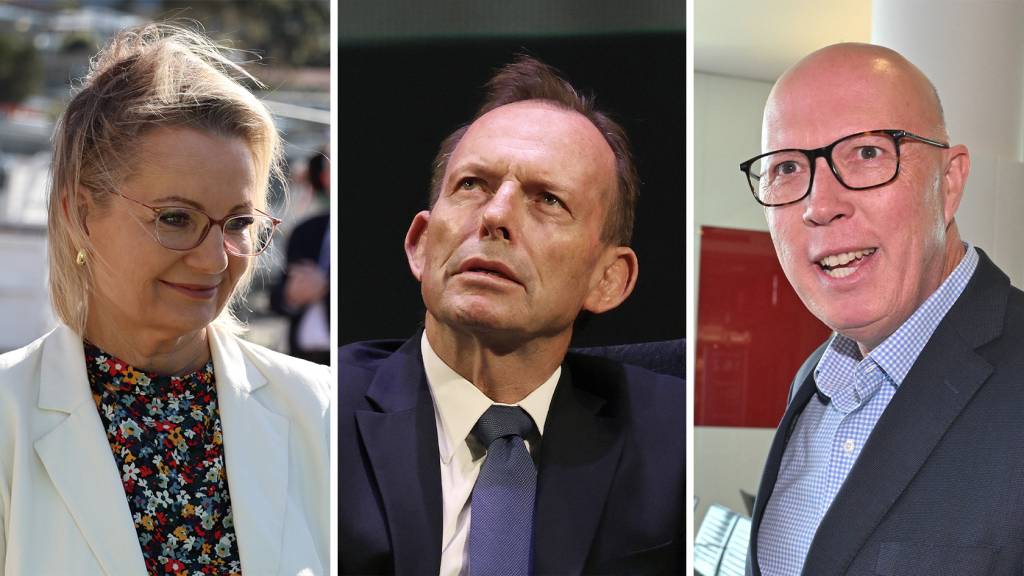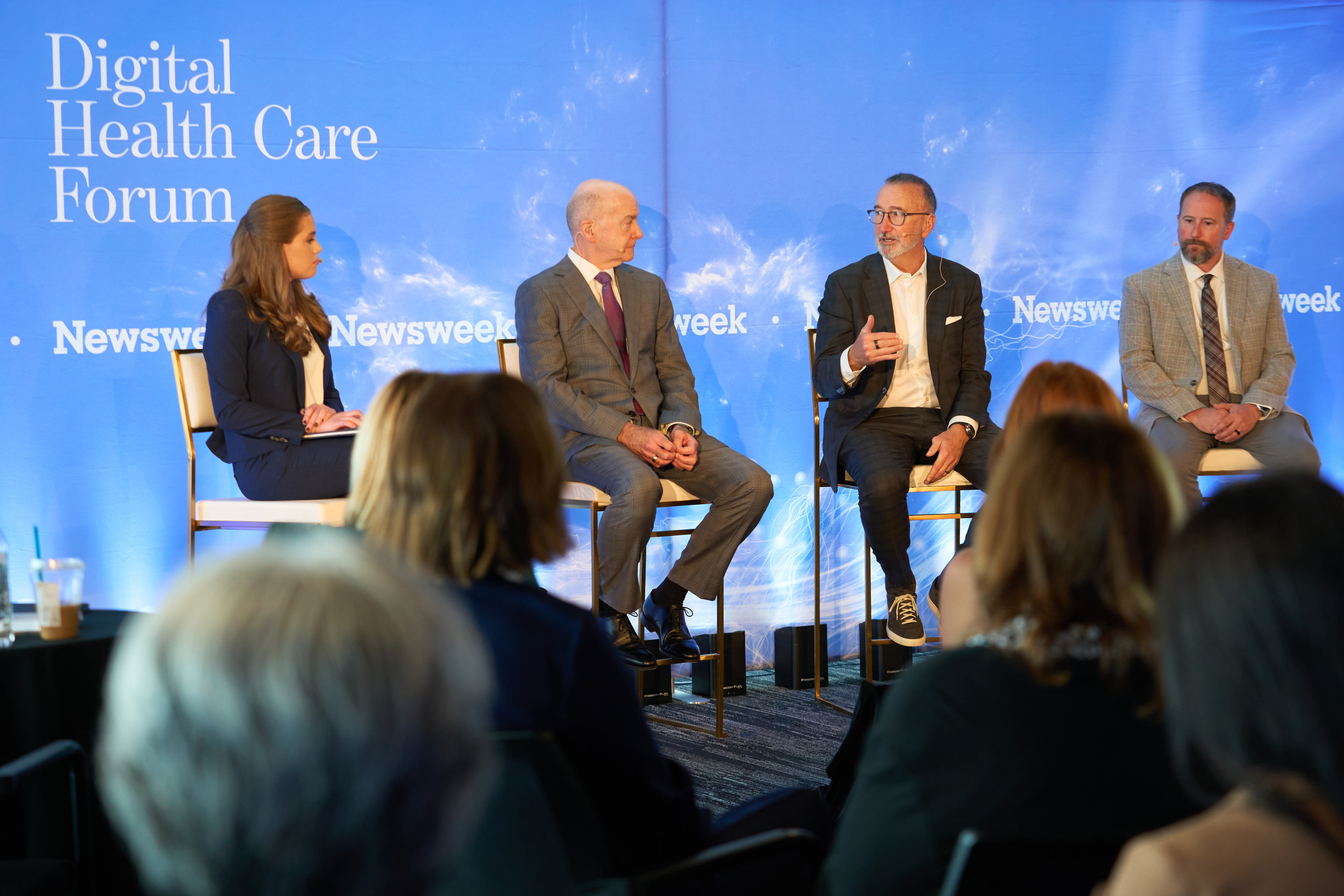By Bernard Keane
Copyright crikey

Australian political history is replete with examples of parties staging recoveries from the brink of political death.
Less than two years after a landslide defeat under Malcolm Fraser, the Coalition under Andrew Peacock stunned Bob Hawke with a substantial swing. John Howard nearly lost in 1998 to Kim Beazley, two years after a massive Labor defeat. After the 2007 Rudd landslide, the Coalition — a rabble under Brendan Nelson and Malcolm Turnbull — united under Tony Abbott in 2009, and Labor panicked and scraped into minority government under Julia Gillard. Reports of political death are exaggerated with Twainian regularity.
But if the Liberal Party isn’t dead now, it’s in a deep coma with only the faintest signs of life. Unlike the Rudd-Gillard-Rudd years, federal Labor is experienced and united under Anthony Albanese, while the Liberals are openly brawling over whether climate change is real, whether Sussan Ley should be leading them, and which migrant groups should be picked on.
More to the point, at its last landslide loss to Labor in 2007, the Coalition managed 42% of the vote. In May this year, it couldn’t even make it to 32%. Now polling puts its vote below 30%. Key demographics, and especially younger voters, are implacably hostile to the Liberals.
The steady diminution of Liberal seats in metropolitan Australia, and particularly in Victoria and Western Australia, has had a structural impact on the federal parliamentary party: it has elevated the Liberal-National Party of Queensland to a position of huge influence.
There are just 18 actual Liberal MPs in the House of Representatives, along with 10 LNP MPs who sit in the Liberal partyroom. And as Peter Dutton showed, the LNP is not the traditional Liberal Party of Menzies, or even the more modern Liberal Party that emerged with Howard. It is a party of provincial Queensland, driven by interventionist economics, hostility to science, and racism. The greater the representation of the LNP in federal Liberal ranks, the more likely it is that the Coalition will abandon traditional Liberal thinking — even if an LNP MP doesn’t lead it.
While John Howard spent his last years in government surrounded by state Labor governments, the situation at the state level is in some ways even more diabolical now. The Liberal branches in Victoria, WA and South Australia look terminally uncompetitive. Victoria is a virtual one-party Labor state. Despite the poor quality of the Minns government in NSW, the Liberal Party there has accrued serious damage from the Dutton era and now looks to be teetering on the brink of implosion.
Added to those structural issues is a factor that leaders up until Abbott never had to contend with: an entire broadcasting and newspaper apparatus dedicated to destroying moderate Liberals and inciting extremists. If the core problem facing the Liberals is an unwillingness on the part of too many of its MPs to appeal to mainstream Australia, there is a foreign-owned multinational, wielding arms like RRG and The Australian, on hand to ensure they remain deluded that the problem is they aren’t extreme enough. What they fail to understand is that it is News Corp’s business model to foster extremism, incite hate and divide people — but politically in Australia, it’s a ticket to marginalisation.
Tony Abbott showed the Liberals could win office with a program of polarisation and demonisation, but at the expense of being able to govern competently. Dutton showed they couldn’t even do the first part any more. Would the next right-wing leader — say, Andrew Hastie — have any more success than Dutton in denying climate science and attacking migration?
As the examples of the states illustrate, the lack of an effective, centrist opposition is bad news for quality governance. While the corrupt petrostate of Western Australia is at least fiscally sound due to the rotten rort of GST revenue and its mineral wealth, Victoria is a fiscal basket case with a major crime and corruption problem. Meanwhile, NSW under Labor has rapidly become a captured state controlled by the gambling-entertainment industry.
A new party isn’t the most practical solution: it takes massive resources and, as Clive Palmer showed, even throwing hundreds of millions of dollars at the task accomplishes little. The job is even harder now that Labor and the Coalition combined to build up the financial benefits of incumbency in Don Farrell’s appalling changes to electoral laws last term. But there’s clearly a gap in the electoral market for a moderate, sensible, centre-right political alternative. It’s a gap that community independents in affluent electorates are happily filling, replacing useless “moderate” Liberals who were only good for caving in to their right-wing extremist colleagues.
The answer is either:
That the remaining moderate Liberals toughen up and break away from their extremist and Queensland colleagues to offer a Liberal Party that believes in competition, lower taxes, and individual freedom — and accepts basic science on issues like climate and vaccination. They could do worse than look to Malcolm Fraser as an example. Fraser is damned now both for his lack of free market reforms and his support for migration and refugees, but he was both a political hardman who eagerly brought the nation to crisis in 1975 and a liberal who governed from the centre, winning three elections in a row, including two landslides. Alternatively,
Community independents could move toward formalising their filling of the electoral gap. To do that is a two-fold challenge: it requires reconciling the grassroots, community-centric nature of the independents, who have emerged organically in response to the gap left by the dying Liberals, with the complex and stringent demands of operating as a party-like structure in parliament (and dealing with a media incapable of thinking outside the parameters of what is “normal”, laid down by the major parties). The other challenge is taking the community independent quest to Labor-held seats.
There are a number of affluent, Labor-held seats that should be ripe for community independents who better reflect the values and interests of voters than the unambitious tax-and-spend ALP of the Albanese era: Bean in Canberra (where, sadly, ALP timeserver David Smith scraped home against Jessie Price in May), Bennelong, Banks and Kingsford-Smith in Sydney, recently-lost Victorian Liberal seats like Menzies and Deakin in Melbourne, Sturt in Adelaide and Tangney in Perth.
The work of building up a potent, centrist political force from grassroots movements is the stuff of multiple elections. And it can’t be centrally directed. Liberal moderates might reflect that they could move more quickly, if they had the courage — something there hasn’t been much evidence of within their ranks for a long time.



